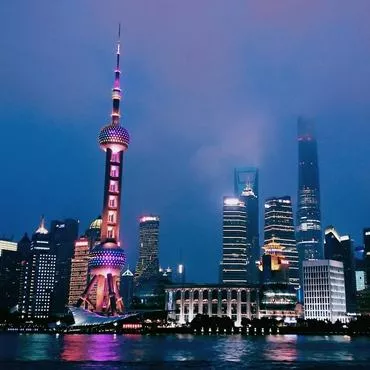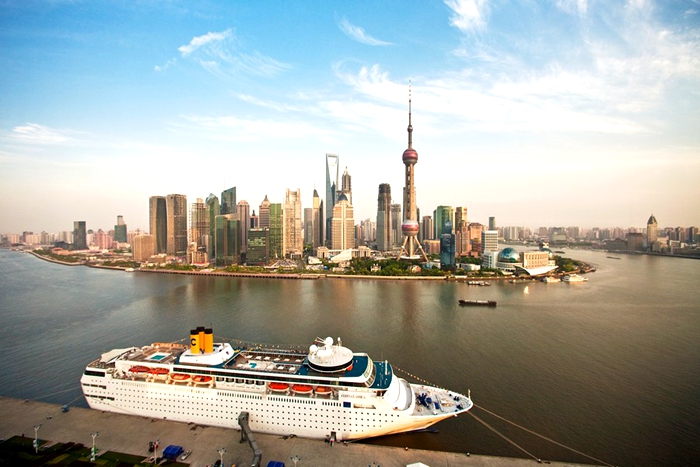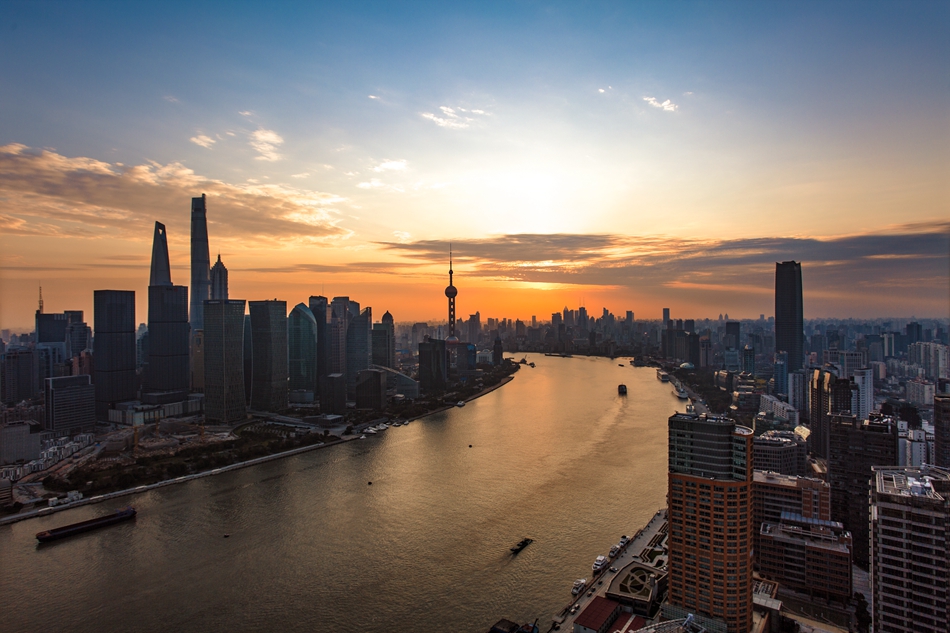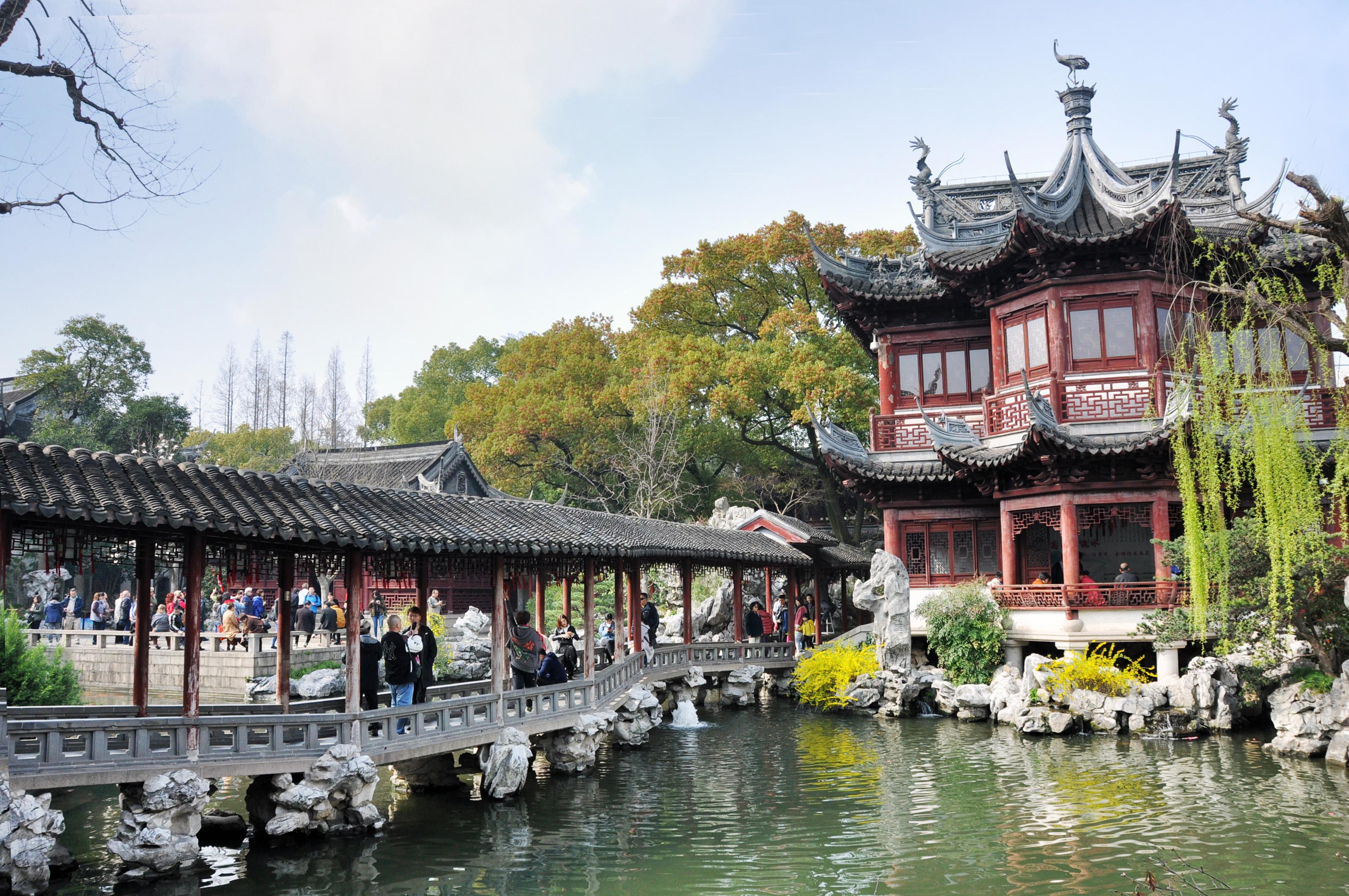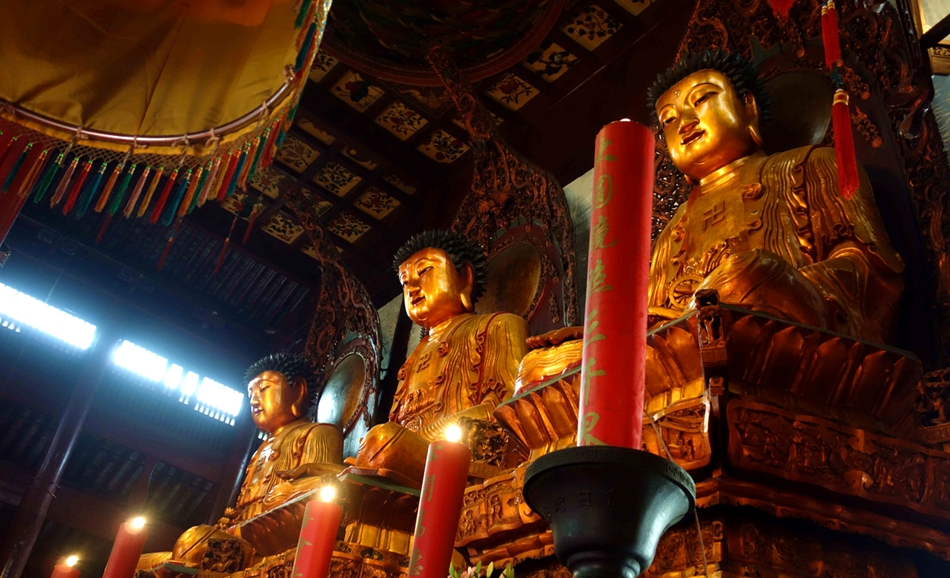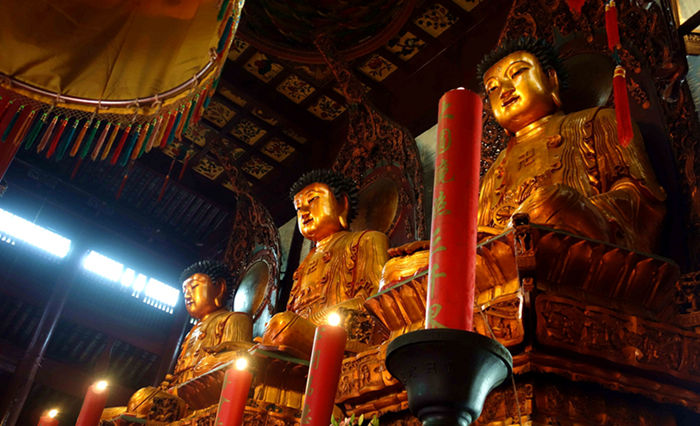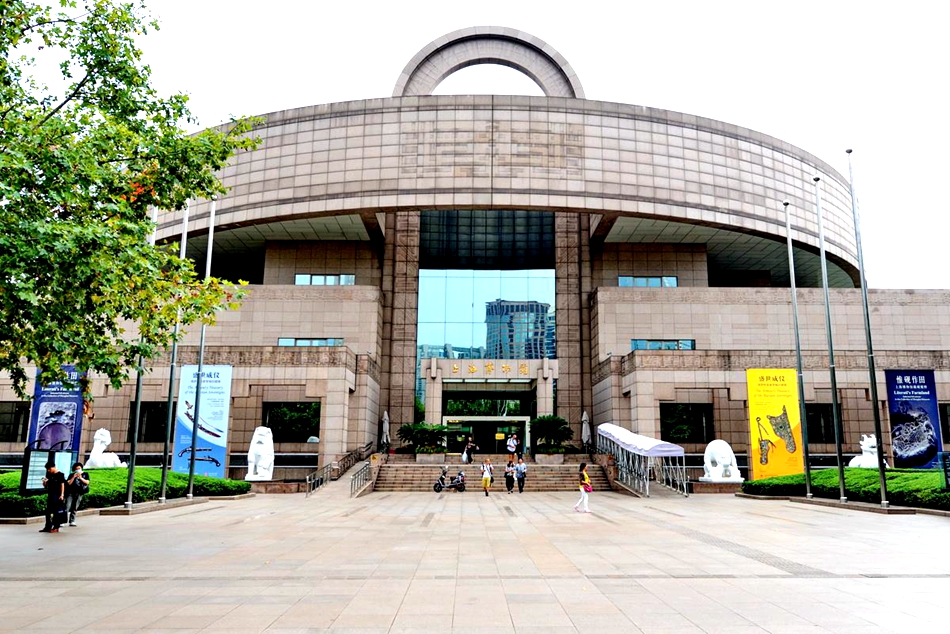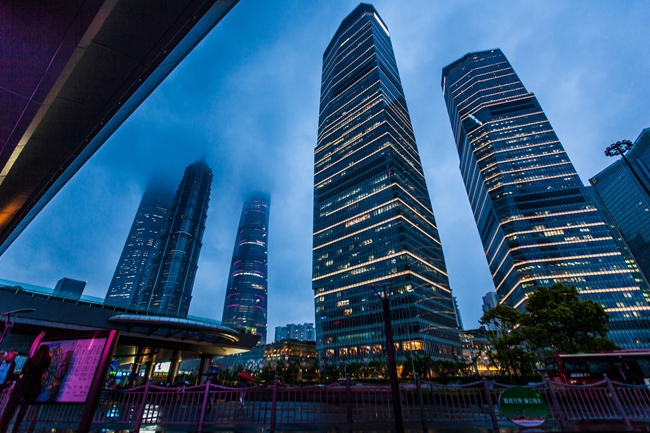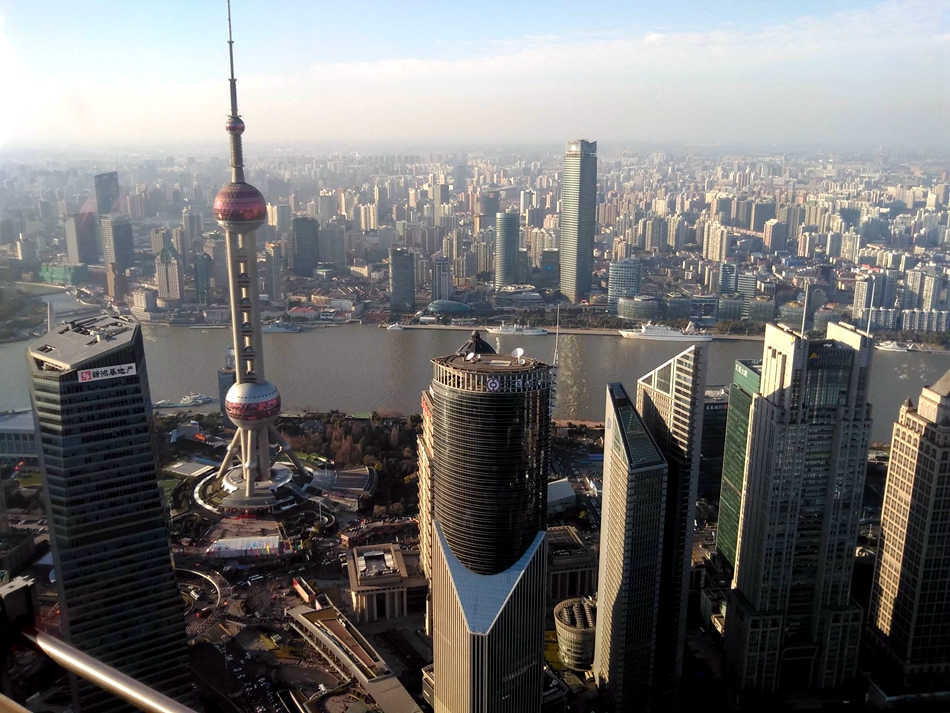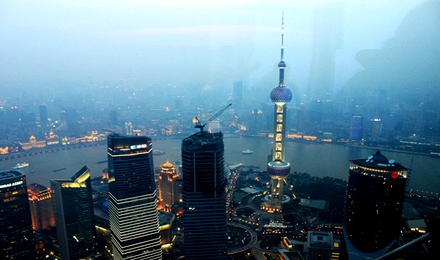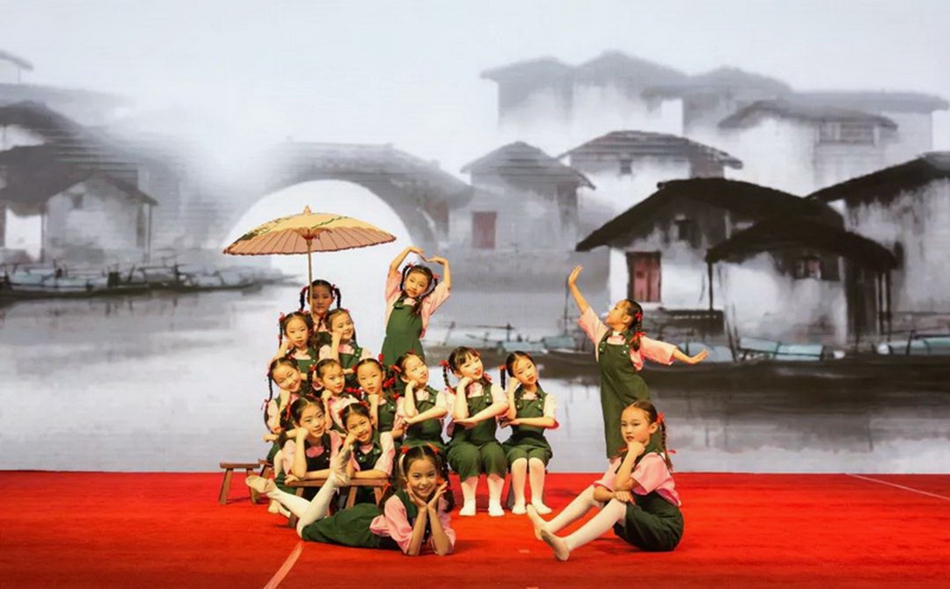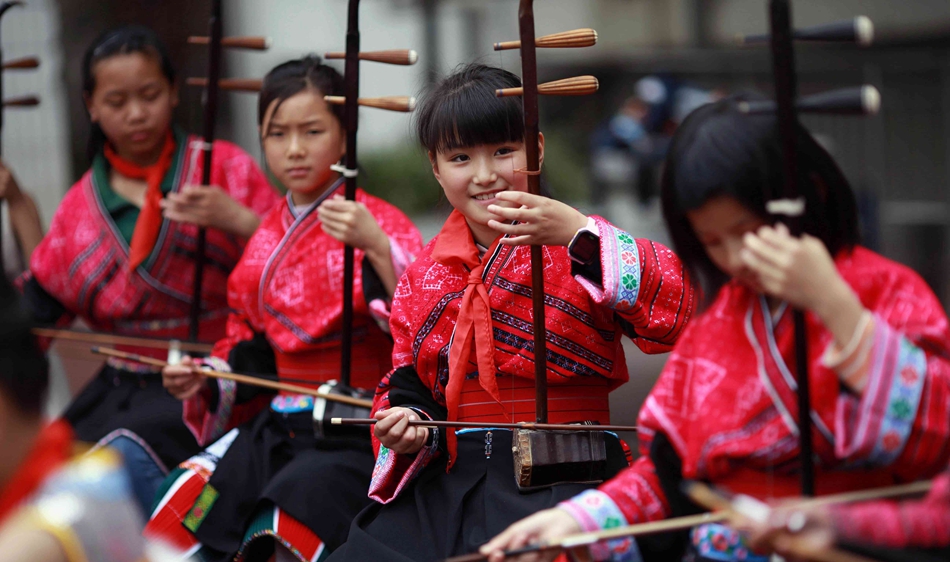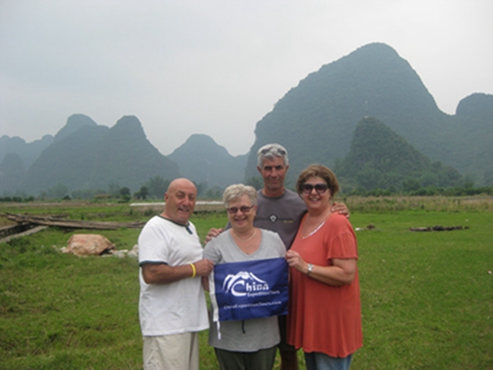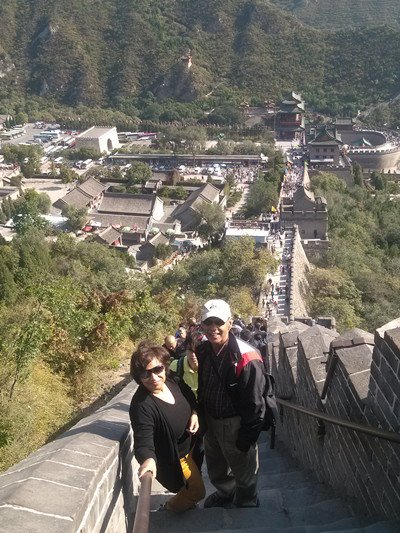Highlights
Zhouzhuang, an ancient town with a history more than 900 years, is praised as the Water State for it is surrounded by clear and peaceful water,where you can experience many colorful cultures and customs.
Itinerary
After breakfast, you will be met at your hotel and then transferred (about 1.5 hours) to [Zhouzhuang], a water town with crisscross channel shaped in Chinese word“井”which creates 8 long streets. It keeps over 10 stone bridges of Yuan, Ming, and Qing style. People use boats as transportation method. And after lunch you will take a cruise on the river.
After the visit, come back to Shanghai and the day tour ends at your hotel.
Meals included: Lunch
Pricing & Accommodation
-
 US Dollar
US Dollar -
 Euro
Euro -
 GB Pound
GB Pound -
 CA Dollar
CA Dollar -
 AU Dollar
AU Dollar -
 HK Dollars
HK Dollars -
 Renminbi
Renminbi
| Group Size | 1 person | 2-5 persons | 6-9 persons | ≥10 persons |
| Tour Cost | $219 | $169 | $119 | $79 |
* Price in every box above is for each person.
* Price is in US dollar. It may vary a little bit according to US dollar exchange rate fluctuation, car fuel price change and government tax adjustment, etc.
* The price is only for your reference and it is subject to seasons, high or low.Please send us your inquiry if you are interested.
Inclusions / Exclusions
Inclusions:
A. Entrance fees for the attractions in the square brackets
B. Personal English-speaking Guide to be with you all the way
C. Experienced Driver + comfortable Private car/van/bus
D. Lunch
Exclusions:
A. Gratuities, Tips to the locals, guide and driver
(Although not compulsory, if you think your guide and driver have done a good job at the end of the tour, we suggest you tip them at you own decision to show your appreciations.)
B. Other Personal Expenses.
Important Information
How to Dress (only for reference):
Comfortable walking shoes
Long, loose and comfortable pants
Shorts for summer months (June – September)
Shirts/T-shirts
Warm clothes (Fleece, Jacket, hat and gloves etc.) for Nov-April
Umbrella or waterproof jacket in a cloudy day or rainy day
Cover for backpack or plastic bags to keep clothes dry in case of rain
What to Bring (only for reference):
Wet wipes / Moist towelettes
Sun hat, Sun block, Sunglasses
Insect Repellent
Bottled Water
Small towel

